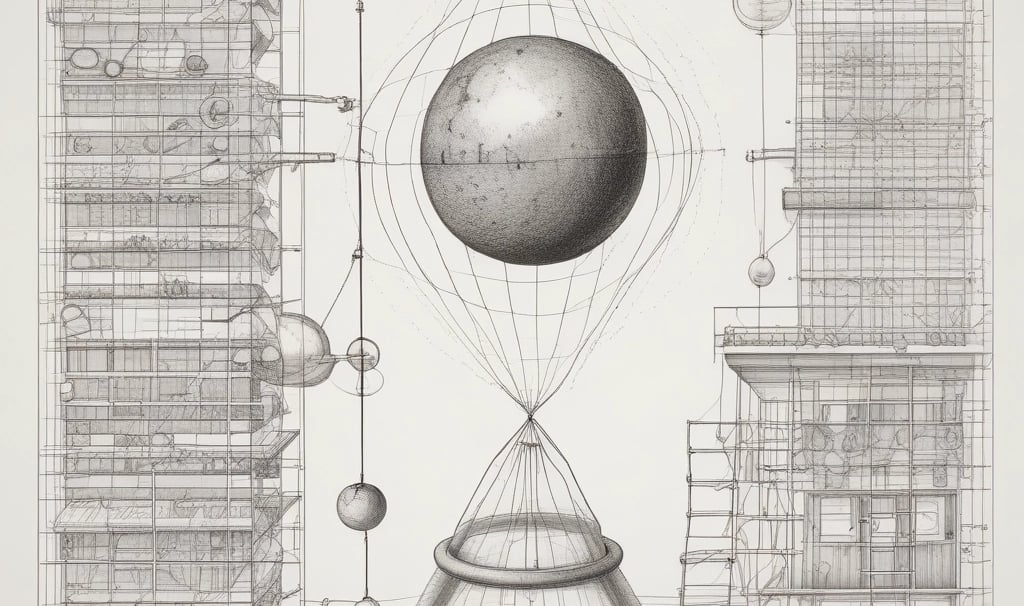Gravity: What a Wimp!
Gravity is wimpy. Get educated on the strongest force in the universe.
Wyck
10/4/20252 min read


Something Astrophysicists Should Know OR Why Einstein Is Wrong
The one force every human is familiar with is gravity. From our earliest days, gravity makes us fear falling. It causes us to get scrapes, bruises, and, at its worst, broken bones. Since you are reading this, I am not including the one great equalizer!
This intimate familiarity naturally biases us humans against any stronger force.
Let’s take a look at the force of gravity. Say we have two identical masses, m and m’. Newton informs us that from the center of each mass:
F(g) = Gmm’/d^2
where F(g) is the force of gravity between the centers of the two masses, d is the distance between them, and G is a universal gravitational constant.
Our units are important. Measure in feet, and the units become very cumbersome, so let’s use kilograms (kg), meters (m), and seconds (s) since those are the generally preferred units in science today. Besides, who really wants to use dynes?
This constant has a value of:
6.67430(15)E−11 m^3⋅kg^−1⋅s^−2
Physicists, especially astrophysicists, depend on this being a universal constant. The entire theory of relativity depends on it. But how does it really compare to other known forces? (BTW, the '^' means 'raised to the power of' and 'E' means 'times 10 to the power of' since this webhost doesn't give me the controls to simply make it a superscript)
Let’s make the masses of the objects exactly 1 kg each and they are exactly 1 meter apart on centers. Doing this allows for the units to cancel out. This means the force of gravity between them is 6.67430(15)E−11 m⋅kg⋅s^−2. Most of you will recognize these units as the acceleration due to gravity.
Let’s compare this to the electromagnetic force we shall symbolize as F(e). Coulomb’s Law appears very similar to Newton’s Law of gravity. It is written:
F(e) = k(e)⋅(qq’/d2)
The letter q represents charge. For our comparison, we will use 1 Coulomb of charge for each object. The distance, d, is again 1 meter on centers. The constant, k(e), is called the Coulomb constant:
k(e) = 8.9875517862E9 N⋅m^2⋅C^−2
While these units may look confusing, the N is the Newton and the units it is in is
m⋅kg⋅s^−2
which immediately becomes recognizable.
Notice when we do the calculation, the end units become identical to the force of gravity. This means:
F(e) / F(g) = 8.9875517862E9 N / 6.67430(15)E−11 N = 1.3466E20
In words, using 1 as the quantity of all values shows the ratio of the electromagnetic constant to the universal gravitational constant is one hundred thirty-four quintillion six hundred sixty quadrillion, or if you prefer longhand: 134,660,000,000,000,000,000.
To put this in astrophysical terms, the charged particles that make up the majority of the universe experience an electromagnetic force at least one hundred thirty-four quintillion six hundred sixty quadrillion times as powerful as gravity midway between here and the Andromeda galaxy. Also, never forget that any 'particle' can be polarized and influenced by plasma - such as in all of interstellar space.
Why are astrophysicists still talking about the force of gravity as if it means something given the scale and composition of the universe? It is mostly ionized particles, also known as plasma!
Go away gravity. You’re weak!
